The Syllable Series Part 1: Closed Syllables
The closed syllable is one of the easiest syllable types to teach. In Orton-Gillingham, it is the first syllable type taught. In this series, we will cover all six syllable types. If you follow this series, you’ll want a copy of CLOVER, an acronym for the six syllable types. The syllable types are not introduced to students in the order of the letters in the word, clover. Download it from my store here.

Why teach syllables?
I’ve had teachers approach me over the years wondering why we should teach syllables to children. Let me start by relating a quick story. I have three small children at home. Things wind up in the most haphazard places in my house pretty much every day. It’s enough to drive you a little bonkers sometimes. So, the other day I looked into my dishwasher basket and there was a pink Mr. Potato Head ear just hanging out at the bottom of the basket. Talk about random! I have no idea how it got there, but I DO know three little people who are fascinated with the inner workings of a dishwasher.
So, why am I telling you a story about Mr. Potato Head when we’re talking about syllables?
Children just learning how to read or struggling to learn how to read (whether they have a reading disability like dyslexia or not), need a structured, meaning-based approach when learning how to decode and encode. Without thoughtful and explicit phonics instruction, there is too great a likelihood of error. Knowledge of spelling becomes haphazard and the rules and meanings behind these rules are either unknown or not committed to long-term memory. We wind up with kiddos making random errors in decoding and encoding, much like that pink, plastic ear winding up in my dishwasher basket instead of on the brown, plastic potato head.
My point? Your students will become much more efficient readers and spellers when they learn the syllable types. It will also help them become effective when decoding and spelling multisyllabic words as they get older and encounter more challenging text. You are building a strong reading foundation when you teach syllables.
What is a closed syllable?
We can create tons of words with closed syllables, so starting with this type is the simplest one to teach kids. A closed syllable has a vowel and then consonant(s) after it. In the word ‘cat’ we have the short vowel a and the c and the t closing it in on either side or in the case of the syllable ‘in’, just the n is closing it in. Closed syllables USUALLY have a short vowel (except for a few spelling patterns like -ind, -old, -ild, and -ost).
Check out my Top Tips for Helping Children Distinguish Between Short and Long Vowel Sounds!
Examples of closed syllables: cat, bed, run, fit, mom, in, im
How do I teach the closed syllable?
I like to use a picture of a double door. You can also take a piece of card stock and fold it on either side, leaving some space in the middle. After I tell the children what a closed syllable is. I have them practice with the door. We put a vowel in the middle and then add consonants on both doors to close the vowel in. You can write the consonants and the vowels on those baby sticky notes. I keep about a gazillion packs of them on hand. They’re quick and easy and you have a million uses in word study. The act of manipulating the double doors to close in the vowel helps commit the idea of what a closed syllable is.
Want to see the tools and activities I use? Watch my video on YouTube, Word List Builder CVC Words Freebie Sampler! And, save time on lesson planning! Grab your winter freebie from WLB, here.
How do I practice closed syllables?
Keep your activities multisensory. This means engaging at least 3 senses within an activity to build a strong connection in the brain. Aim for visual, auditory, and kinesthetic. A bonus is tactile. Tapping out sounds, sliding plastic counters into Elkonin boxes, tracing in the sand, skywriting, and magnetic letters are all ways you can create a multi-sensory learning experience. Just be sure children are vocalizing sounds and letters during all of these activities. They are seeing it, hearing it, touching it, and/or writing it, every time.
Still wondering why multisensory instruction is SO important? Read here.
Closed Syllables Activities
Are you looking for meaningful and engaging small group reading activities to teach the closed syllable type? This resource will help you explicitly teach what a closed syllable is in a structured approach. Your students will LOVE learning from these closed-syllable activities.
Teaching syllable types and syllable practice will prepare your student for decoding multisyllabic words. These closed syllable activities are PERFECT for teachers using Orton-Gillingham lessons. However, they can also be used for anyone following the Science of Reading and a structured literacy approach.
Do you have a fun way to teach closed syllables? I‘d love to hear about it in the comments below! Please be sure to sign up to receive my monthly newsletter by email. You can sign up in the right sidebar of this blog. Thank you!
- Read the whole Six Syllable Types Blog series.
- Read Helpful Strategies For Syllable Division for more syllable practice tips!
- For teaching materials to teach the syllable types, look here!
Are you looking for a list of words to use in your Orton-Gillingham lessons? Word List Builder has got you covered!
Save time searching for words to use in your lessons! Create customized and meaningful review, build your folder of words, create templates and games, and much more in Word List Builder.


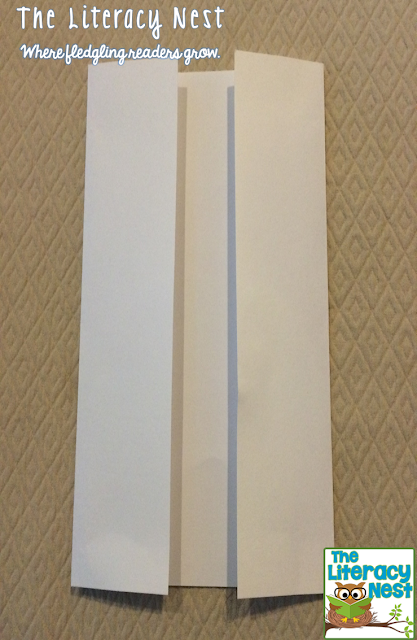

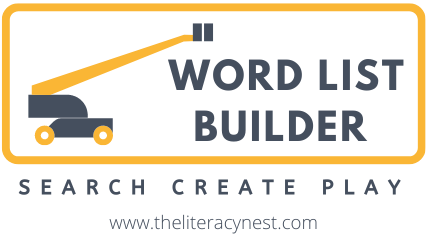
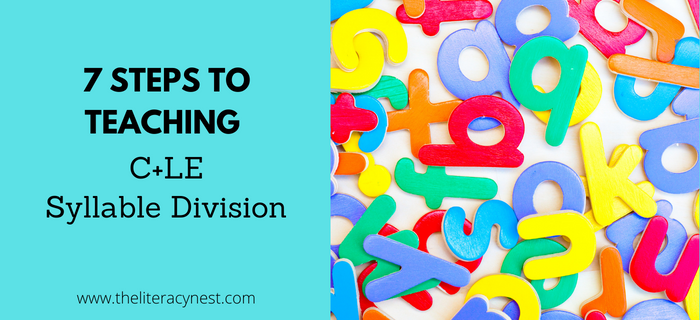
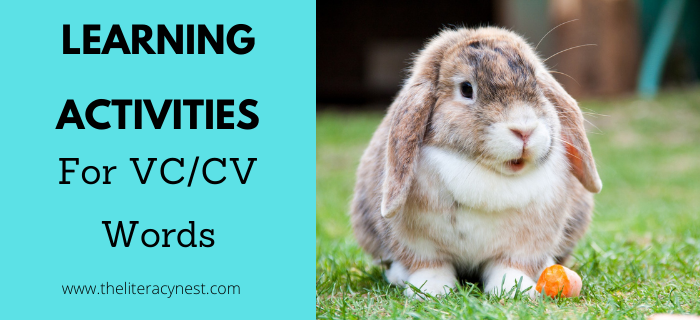
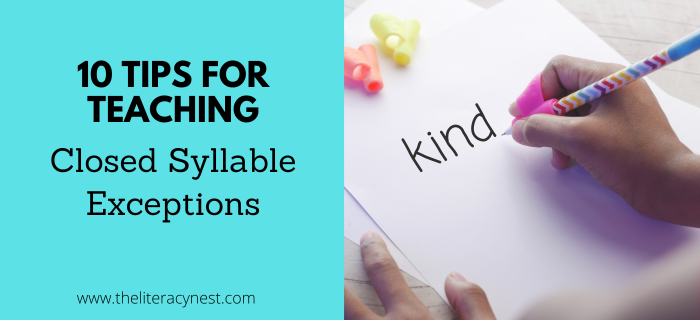
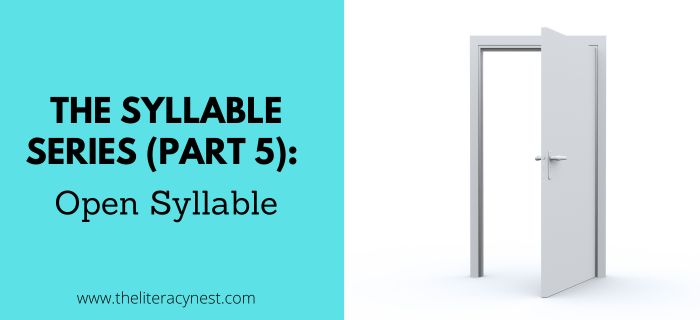
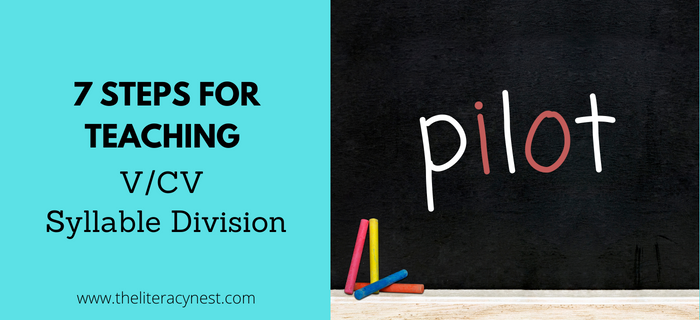

How long do you take teaching each syllable type?
This is great, I just pinned it. I can't wait for the rest. Thanks so much!
Sara
Frampton's FUNdamentals
That's a great question. There are many phonograms to teach within the closed syllable, so I emphasize each time I am teaching one syllable words that they may be closed syllables. A lesson or mini unit exclusively on closed syllables depends on your class. It make take a week to teach it as a main focus and some children may need longer in a smaller group or 1:1 setting. Recognizing a closed syllable will serve them well when they begin syllable division with words that have a vccv pattern. Thank you for stopping my by blog!
Thank you for pinning, Sara and for stopping by my blog!
Hi, I actually use a physical door and post its to teach closed vs. open syllables. I write the word "hi" on one post it and place on the door frame. I write the letter "t" and place it on the door itself. When the door is closed, the student can visually see the door closed- a closed syllable, When I open the door, the post-it reads "hi" an open syllable.
Hi Brian! I love the idea of using an actual door! Thank you so much for sharing and stopping by my blog!
-Emily Gibbons
I hate wasting sticky notes, but I think I just discovered a way to recycle some of the leftover laminating film I always throw away. What if you either laminated the doors or taped the leftover film on the inside if the door to write your vowel and consonant. Then you could just erase.
I hate wasting sticky notes, but I think I just discovered a way to recycle some of the leftover laminating film I always throw away. What if you either laminated the doors or taped the leftover film on the inside if the door to write your vowel and consonant. Then you could just erase.
Savvy blog post . I learned a lot from the points – Does anyone know if my company can grab a blank Mp2 enrollment system form version to complete ?
Hi Margert, my colleague saw a template DD 689 version using this https://goo.gl/YRC3o8.